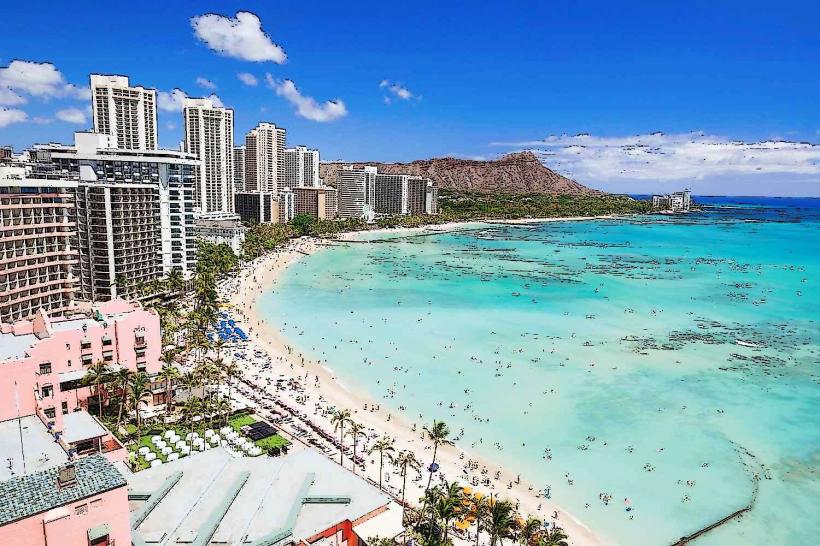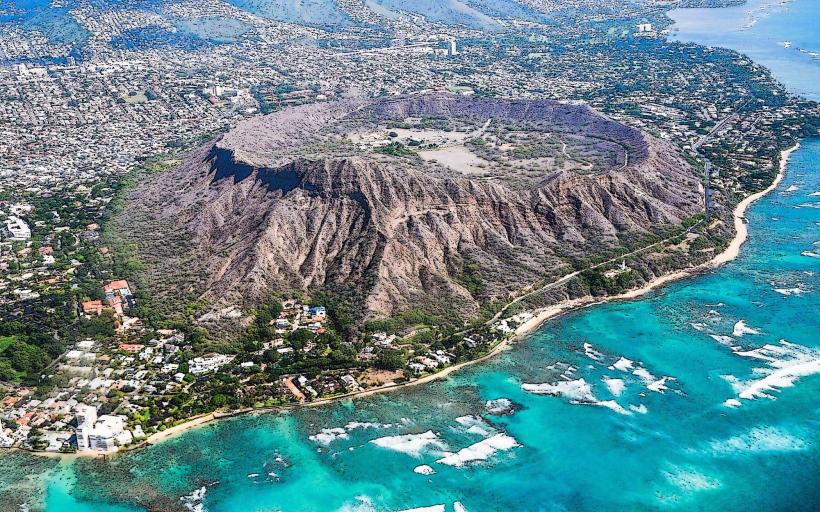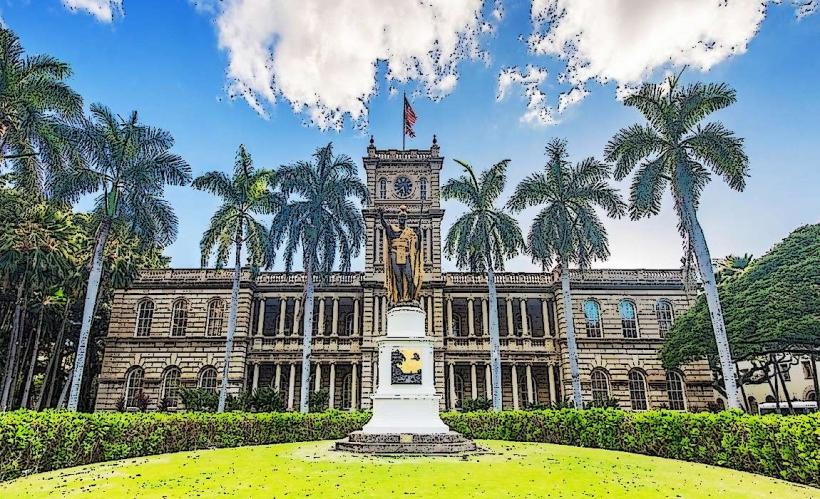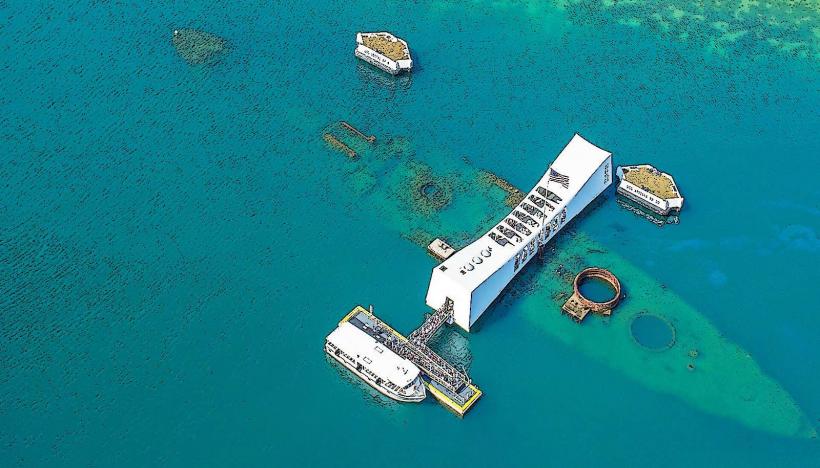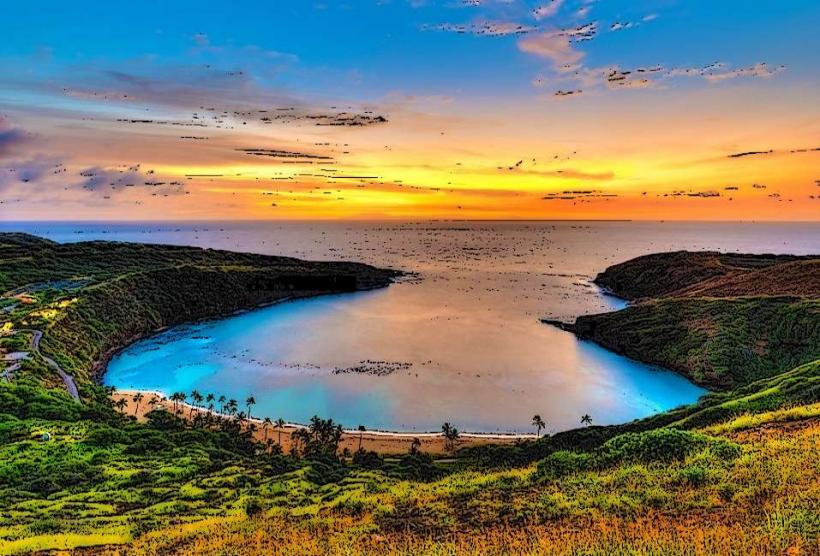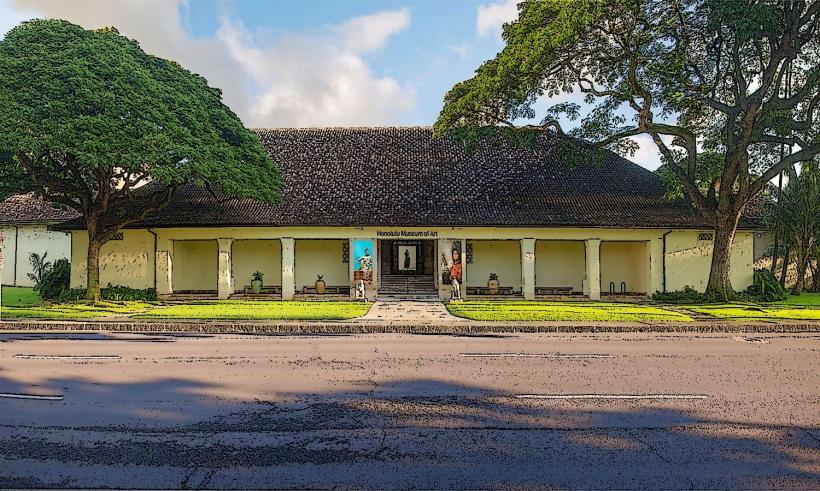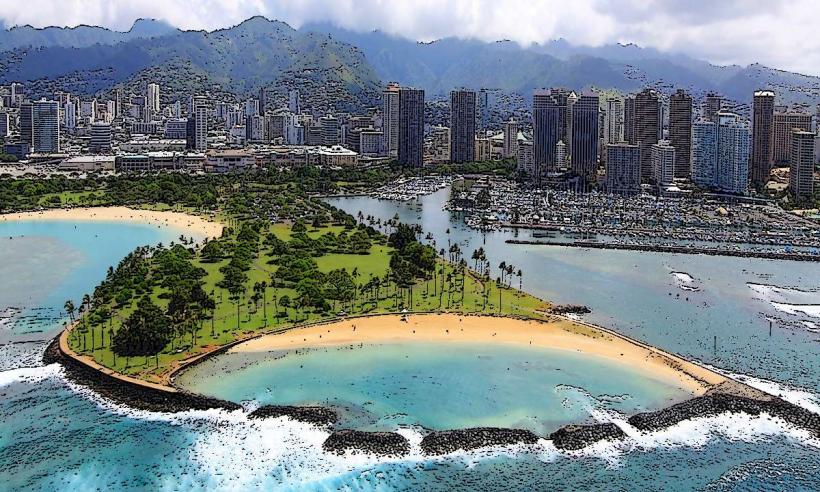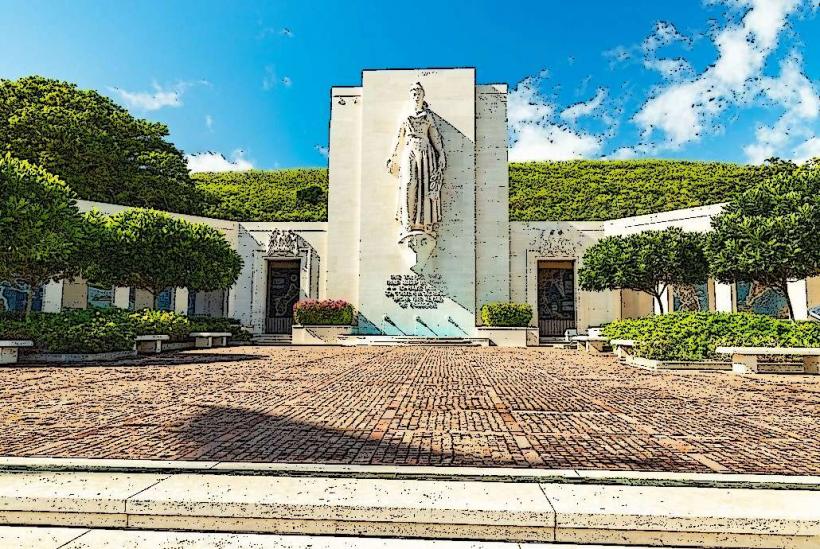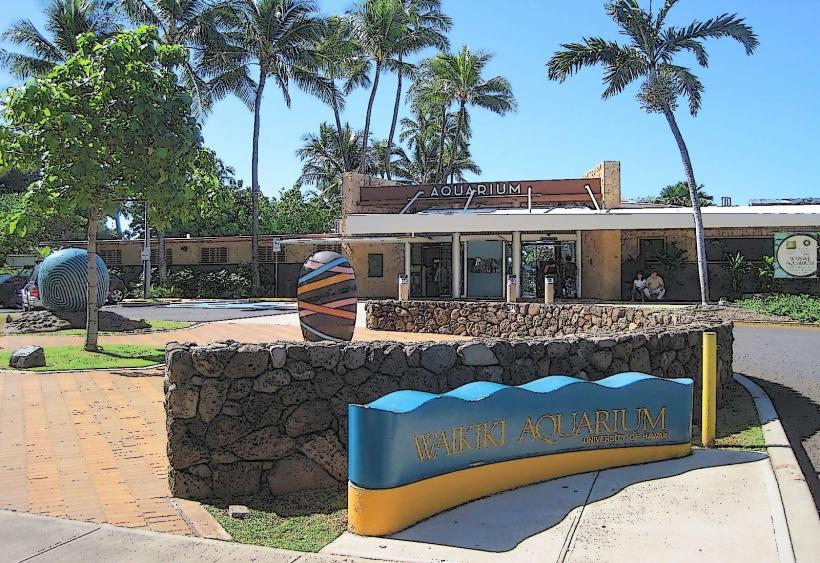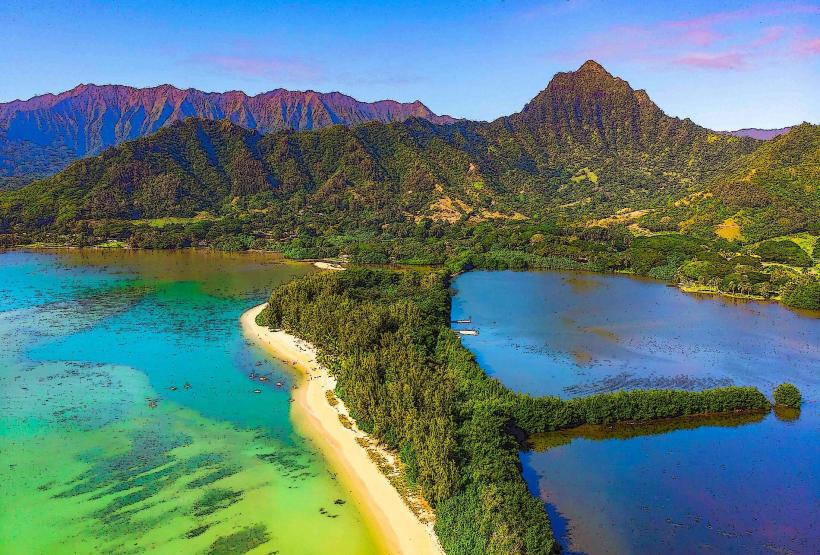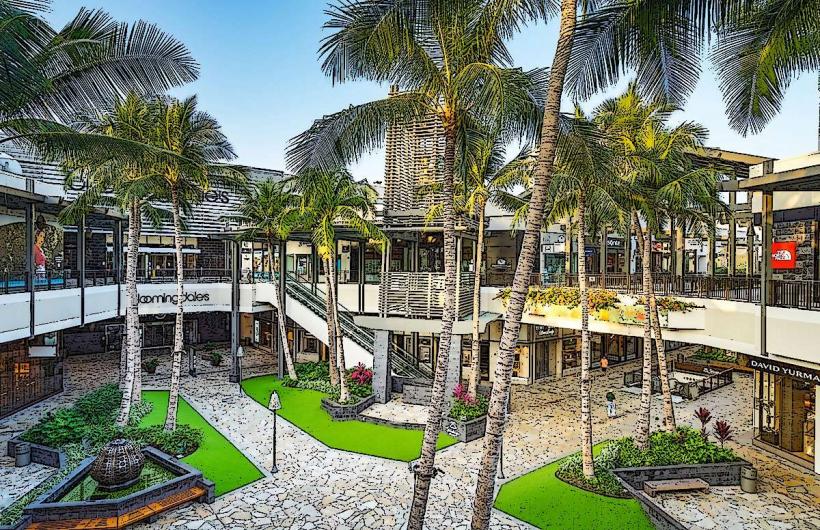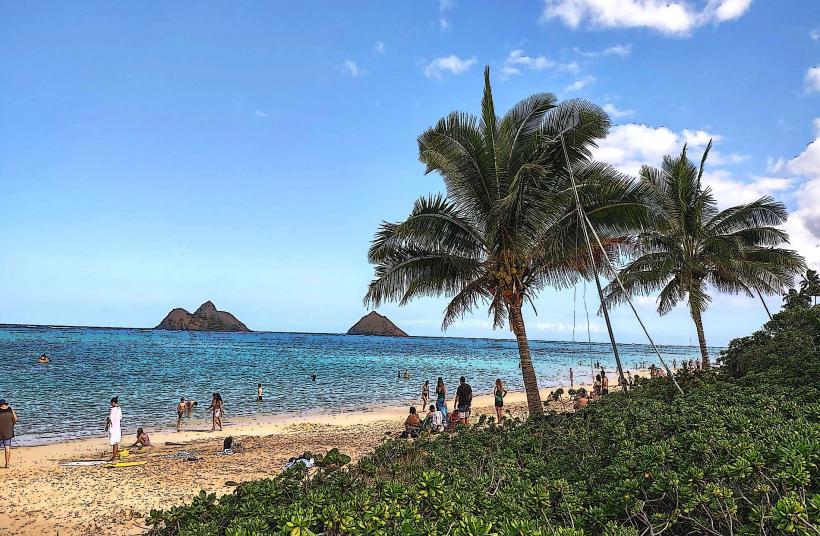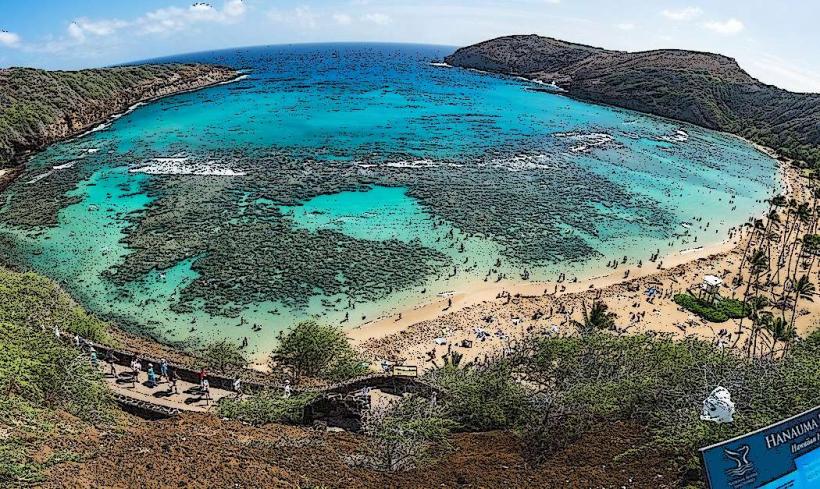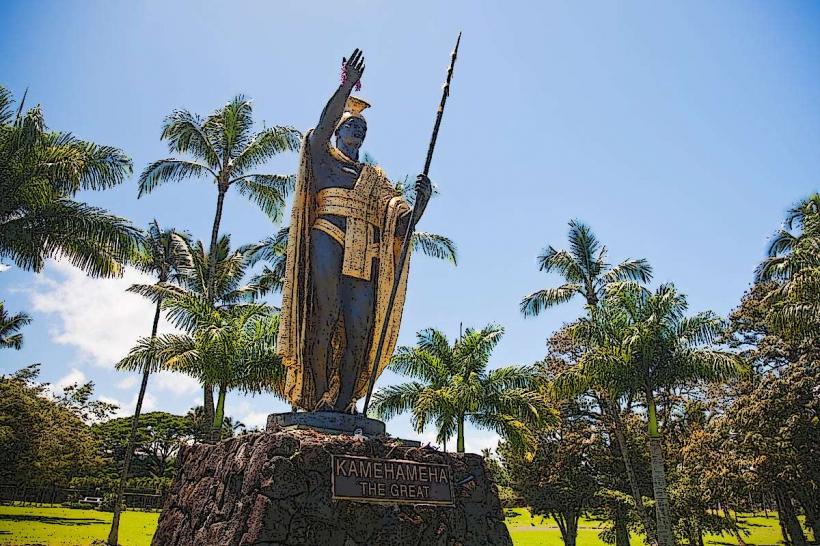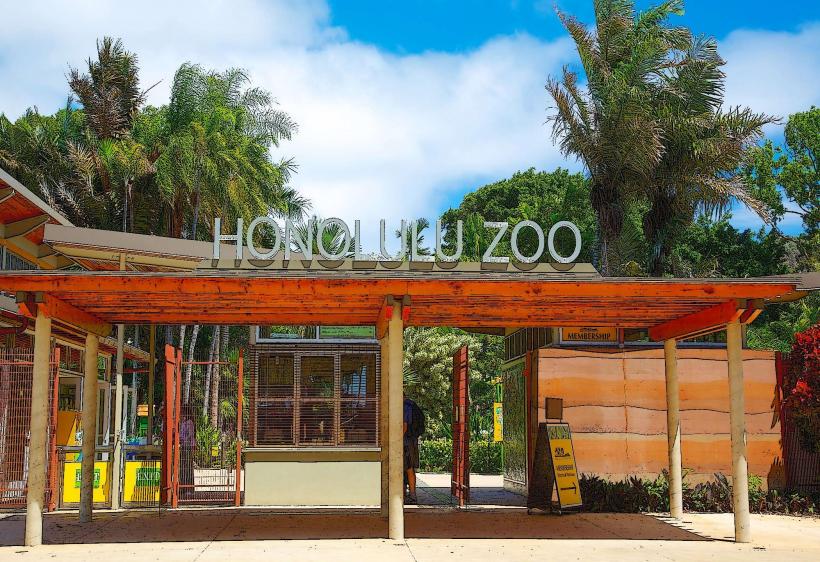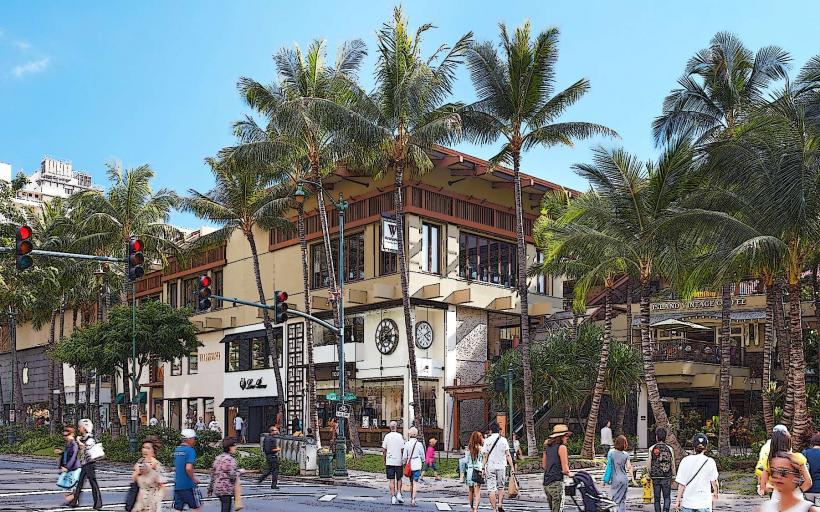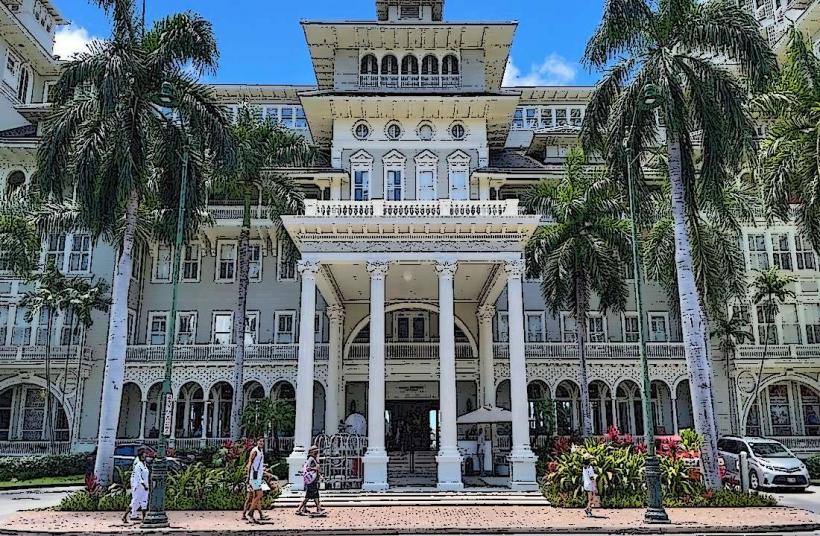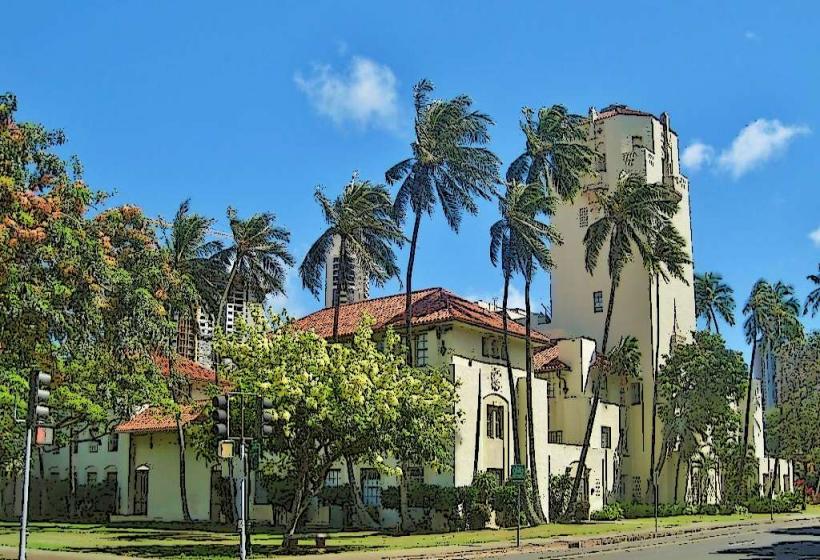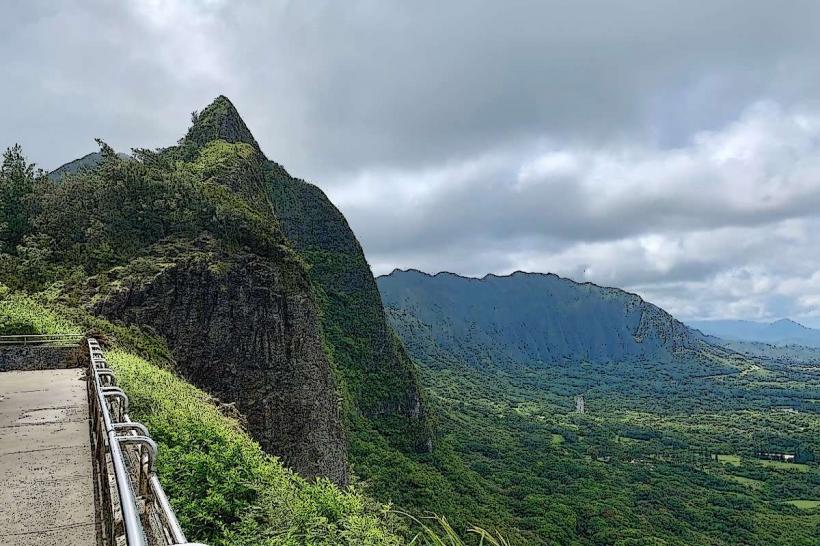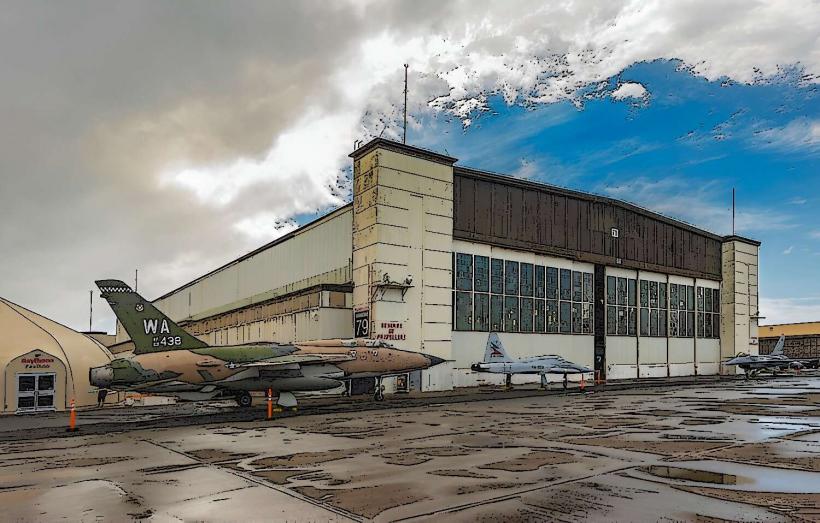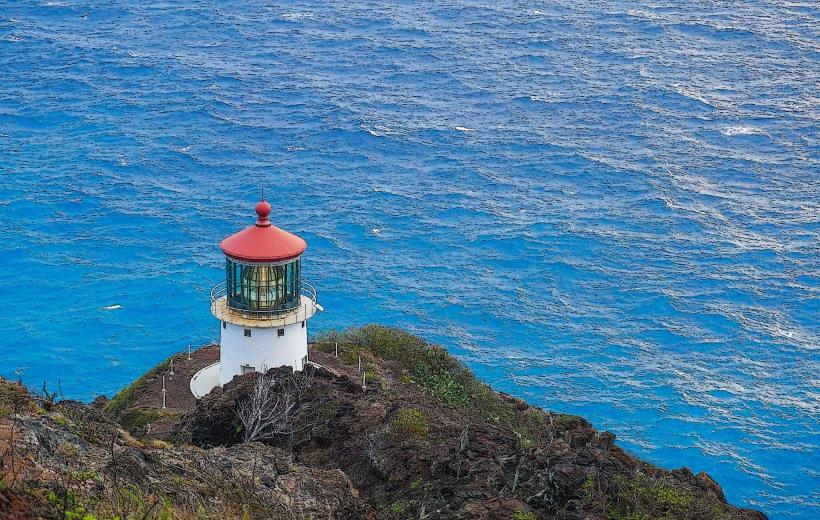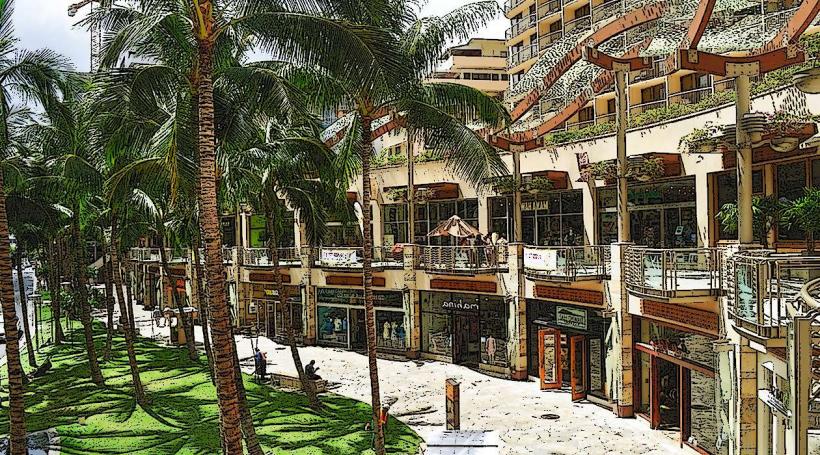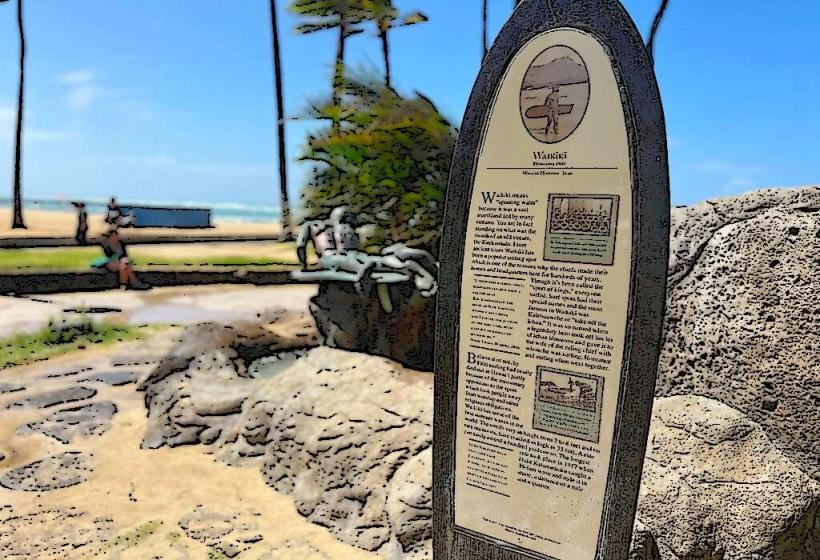Information
Landmark: Bishop MuseumCity: Honolulu
Country: USA Hawaii
Continent: North America
The Bishop Museum, located in Honolulu, Oʻahu, is Hawaii's premier institution dedicated to preserving and sharing the natural and cultural history of the Hawaiian Islands and the Pacific. Established in 1889, the museum houses an extensive collection of artifacts, specimens, and exhibits that offer deep insights into Hawaii’s rich heritage and the broader Pacific region.
History of the Bishop Museum
- Founded: The museum was established by Charles Reed Bishop in memory of his late wife, Princess Bernice Pauahi Bishop, the last direct descendant of the Hawaiian royal Kamehameha family.
- Mission: Its mission is to inspire and promote the cultural understanding of Hawaii and the Pacific, with an emphasis on education, research, and preservation.
- Early Contributions: The museum's first collections were focused on natural history, and over time it expanded to include ethnology, archaeology, and cultural artifacts related to Hawaiian and Pacific Island societies.
Key Features and Exhibits
1. Hawaiian Hall
- Cultural and Natural Heritage: Hawaiian Hall showcases the art, artifacts, and traditions of Hawaiian culture. The exhibits include:
- Kāhuli (Helmets): Exquisite examples of ancient Hawaiian featherwork.
- Hawaiian Artifacts: Tools, weapons, royal regalia, and ceremonial objects.
- Lā'au Lapa'au (Healing Traditions): Displays highlighting traditional Hawaiian healing practices, including medicinal plants and tools.
- Mo'olelo (Legends): Storytelling and historical narratives surrounding Hawaiian gods and heroes.
2. Pacific Hall
- Exploration of Pacific Island Cultures: This hall delves into the diverse cultures of the Pacific Islands, including the Marquesas, Tahiti, Tonga, Fiji, Samoa, and more.
- Artifacts: Traditional clothing, weapons, navigational tools, and art from various Pacific cultures.
- Navigation and Voyaging: Highlights the extraordinary seafaring skills of Pacific islanders, with an emphasis on the traditional art of navigation.
- Polynesian and Micronesian Collections: A large array of objects from the different island groups that make up the Pacific region.
3. The Science and Nature Exhibit
- Natural History: Explore the rich natural diversity of Hawaii and the Pacific.
- Endemic Species: The museum showcases native Hawaiian plants and animals, many of which are found nowhere else in the world.
- Geology and Volcanoes: Learn about the volcanic formation of the Hawaiian Islands and the science of volcanoes, with a focus on Kilauea and Mauna Loa.
- Biodiversity: Exhibits explore Hawaii's unique ecosystems, including rainforests, drylands, and coral reefs.
4. The Tanioka and Stendebach Galleries
- These galleries feature rotating exhibits and temporary collections, focusing on specific cultural or scientific topics related to Hawaii and the Pacific.
5. The Planetarium
- The museum's Star-Nav Planetarium offers an immersive experience into the universe, with shows focused on the stars and celestial navigation used by Pacific voyagers.
- Astronomy: The planetarium provides interactive displays and educational sessions about the stars, the Hawaiian night sky, and the importance of celestial navigation to ancient Polynesians.
6. The Pauahi Hall
- Dedicated to the life and legacy of Princess Bernice Pauahi Bishop, the hall showcases her contributions to the Kingdom of Hawaii and the cultural heritage of the islands.
Educational Programs and Events
- Workshops and Lectures: The museum offers a range of educational programs, including lectures by experts on Hawaiian history, culture, and natural science.
- School Programs: Tailored programs for local students allow them to learn about Hawaiian culture and history in an engaging, hands-on environment.
- Cultural Demonstrations: Watch traditional Hawaiian crafts being made, such as kapa (bark cloth), weaving, and lei-making.
- Public Events: The museum regularly hosts cultural festivals, art exhibitions, and community events like the Hawaiian Festival of Arts and Culture.
Research and Conservation
- The Bishop Museum is a leader in research and conservation efforts, particularly in preserving Hawaiian and Pacific cultural heritage and biodiversity.
- Botany and Zoology: The museum has a renowned collection of plant and animal specimens, including endangered species.
- Cultural Research: Scholars and ethnologists at the museum conduct studies on Hawaiian culture, language, and traditions.
Visitor Information
Hours and Admission
- Hours: Open Tuesday through Sunday, 9:00 AM to 5:00 PM (closed on Mondays).
- Admission Fees:
- General admission applies, with discounts for residents, students, and seniors.
- Free days for kamaʻāina (Hawaii residents) and special discounts during certain times of the year.
Facilities
- Museum Shop: Offers a selection of Hawaiian-themed gifts, books, art, and handcrafted goods.
- Cafe: The museum has an on-site café serving local Hawaiian cuisine and snacks.
- Parking: Available on-site for a fee, with some street parking nearby.
Accessibility
- The museum is fully accessible for visitors with disabilities, including wheelchair access and services for the hearing impaired.
Why Visit the Bishop Museum?
The Bishop Museum is a must-visit for anyone interested in learning about Hawaii’s rich cultural heritage and natural wonders. With its incredible collections, interactive exhibits, and dedication to conservation, the museum provides an in-depth and inspiring look at the history, culture, and biodiversity of the Hawaiian Islands and the Pacific region. Whether you're a history enthusiast, nature lover, or curious traveler, the Bishop Museum offers a fascinating and enriching experience for all.

